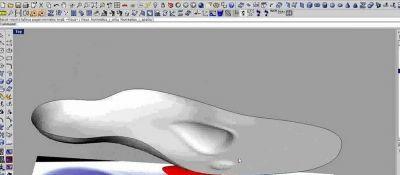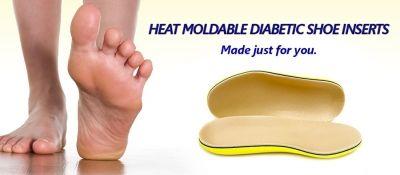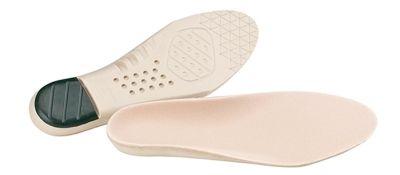Aybroad Blogs
Diabetic Shoe Inserts Standard Accordingly to HCPCS Codes
Wednesday, 22 August 2018 01:59 Written by AybroadImport 3D Scan & Printing Tech-Craft Improve Our Service Quality And Efficiency
Thursday, 09 May 2019 19:10 Written by AybroadSince importing 3d scan tech and 3d printing tech into our development and production, we had imporved our efficiency and quality with our customer service.
HCPCS Codes Related with Diabetic Shoe and Inserts
Wednesday, 22 August 2018 01:44 Written by AybroadFor those living with diabetes, proper foot care is extremely important. If your shoes aren’t doing the trick, diabetic insoles can provide the comfort and relief you need. Use them to keep painful symptoms at bay, while allowing for full circulation as you go about your day-to-day. Below, we’ve compiled a list of ten insoles for diabetes that are the most comfortable and effective.
Testing--Candidate List of substances of very high concern for Authorisation
Wednesday, 15 August 2018 00:36 Written by AybroadAuthentic version: Only the Candidate List published on this website is deemed authentic. Companies may have immediate legal obligations following the inclusion of a substance in the Candidate List on this website including in particular Articles 7, 31 and 33 of the REACH Regulation.
REACH (EC 1907/2006) aims to improve the protection of human health and the environment through the better and earlier identification of the intrinsic properties of chemical substances. This is done by the four processes of REACH, namely the registration, evaluation, authorisation and restriction of chemicals. REACH also aims to enhance innovation and competitiveness of the EU chemicals industry.
TESTING--ITEMS NEED TO BE TESTED FOR EXPORT TO EU OR NA MARKET
Tuesday, 14 August 2018 06:53 Written by AybroadShoes and leathers are expoted to EU or NA market have to be qualified with the chemicals testing, these chemicales including:
Last year, RoHS 3 was announced, which expands the list of prohibited substances from six to ten by adding four new types of phthalates.
Testing--THE EFFECT OF PROPOSITION 65 ON THE APPAREL AND ACCESSORIES INDUSTRY
Monday, 13 August 2018 00:26 Written by AybroadThe purpose of this document is to introduce the requirements and challenges faced by the softline textile industry in complying with California Proposition 65—a law that seeks to protect consumers from toxic chemicals in the products they buy. This document is not intended as a comprehensive guide to compliance, but as a tool to help manufacturers, retailers and importers build a strategy to fulfill requirements and protect their business from costly litigation.
Proposition 65, officially known as the Safe Drinking Water and Toxic Enforcement Act of 1986, was enacted as a ballot initiative in November 1986.










